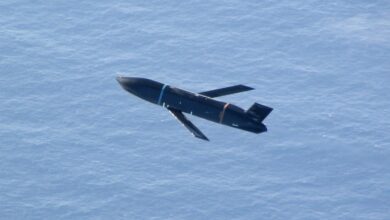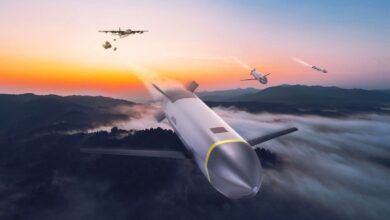Pratt & Whitney Completes Key Design Review of Next-Gen Engine
Pratt & Whitney has completed the critical design assessment of its Next-Generation Adaptive Propulsion (NGAP).
It moves the engine prototype, the XA103, closer to its detailed design review, which will be followed by ground testing in the late 2020s and weapon system integration in 2032.
“We are embracing digital transformation with NGAP and changing the customer experience through the entire development process in order to rapidly and efficiently deliver these advanced adaptive engines,” Pratt & Whitney Military Engines business president Jill Albertelli said.
Next-Generation Adaptive Propulsion
Boeing, Northrop Grumman, General Electric, and Lockheed Martin are also in the running for the $4.9-billion engine prototype program, which will power the US Air Force’s Next-Generation Air Dominance (NGAD) program.
Propulsion is one of the four key technologies to be developed for the NGAD program, which also includes unmanned systems, materials, and sensors.
The engine offers advanced survivability, fuel efficiency, robust power, and thermal management, necessary to maintain the future aircraft’s range, weapons, and sensor capabilities.
Expansion of Adaptive Engine Program
The NGAP is an expansion of the 17-year-old Adaptive Engine Transition Program (AETP), which involves Pratt & Whitney and GE Aviation.
It could leverage some of the technologies from the AETP, which was conceived to develop a new engine for the F-35.
“This technology is critical to maintaining air superiority, which is why Pratt & Whitney has made significant investments in research and development and advanced manufacturing. Continued government funding for sixth-generation propulsion development must remain a high priority to support critical platform milestones and warfighter readiness,” Albertelli added.












